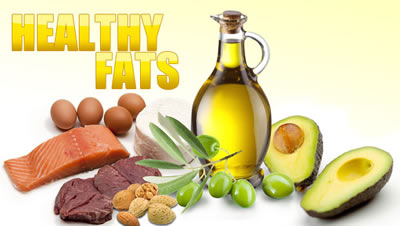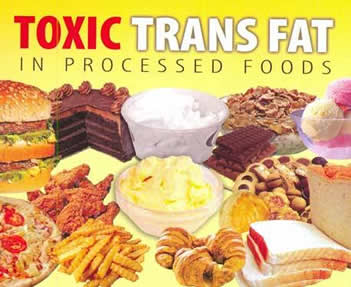Difference between Fats and Trans Fats
Key Difference: Fats provide energy to the body. They are a source of essential fatty acids, which are an important part of the dietary requirement. Trans fat is a particular kind of unsaturated fat. It is not commonly found in nature, but is mainly produced from natural fats. Trans fat are not healthy, as opposed to some other kinds of fats.
 One of the most common health advice one hears from anyone is ‘don’t eat fat’ or ‘ban fat from your diet.’ However, this advice is not completely accurate or healthy. Fat is an important part of the body. Everybody has fat in their body, but there are some types of fat that the body cannot produce. Hence, these fats must be obtained from the food we eat.
One of the most common health advice one hears from anyone is ‘don’t eat fat’ or ‘ban fat from your diet.’ However, this advice is not completely accurate or healthy. Fat is an important part of the body. Everybody has fat in their body, but there are some types of fat that the body cannot produce. Hence, these fats must be obtained from the food we eat.
Fats provide energy to the body. They are a source of essential fatty acids, which are an important part of the dietary requirement. Fats also help facilitate the absorption of Vitamins A, D, E, and K, which are fat- soluble. This means that they cannot be digested, absorbed, or transported by the body, if there is no fat present.
Furthermore, fats also play a vital role in maintaining healthy skin and hair. It also insulates the body organs against shock, as well as helps maintaining body temperature and promoting healthy cell function. Additionally, fat serves to protect the body from a host of diseases, especially chemical or biotic, as these substances can be diluted in the fat, and kept from reaching the organs where they can so damage. Last, but not least, fat also plays a central role in promoting proper eyesight and brain development in babies and children.
However, not all fats are good. Unsaturated fat, such as monounsaturated fat and polyunsaturated fat are what leads to these benefits. However, large intakes of Trans fat and saturated fat have been linked with raising blood cholesterol concentrations, which leads to clogged arteries, and hence to cardiovascular problems.
 Trans fat is a particular kind of unsaturated fat. It is not commonly found in nature, but is mainly produced from natural fats. Natural fats, such as oils, are put through a process called hydrogenation. This process basically breaks down the hydrogen bonds in the oils, hence allowing them to be converted from liquids, i.e. oils to solids, i.e. shortening and margarine.
Trans fat is a particular kind of unsaturated fat. It is not commonly found in nature, but is mainly produced from natural fats. Natural fats, such as oils, are put through a process called hydrogenation. This process basically breaks down the hydrogen bonds in the oils, hence allowing them to be converted from liquids, i.e. oils to solids, i.e. shortening and margarine.
These trans fats are commonly added to processed goods, mainly because they improve the shelf life of these products. These trans fats are also commonly used to fry foods at fast food restaurants as they can be used longer before they become rancid, hence bringing down costs.
Comparison between Fats and Trans Fats:
|
|
Fats |
Trans Fats |
|
Definition (Oxford Dictionaries) |
Any of a group of natural esters of glycerol and various fatty acids, which are solid at room temperature and are the main constituents of animal and vegetable fat |
An unsaturated fatty acid of a type occurring in margarines and manufactured cooking oils as a result of the hydrogenation process, having a trans arrangement of the carbon atoms adjacent to its double bonds. Consumption of such acids is thought to increase the risk of atherosclerosis. |
|
Type of |
Macronutrient |
Fat |
|
Effects |
Provide energy to the body A source of essential fatty acids Help facilitate the absorption of Vitamins A, D, E, and K Help maintain healthy skin and hair Insulates the body organs against shock Helps maintaining body temperature Promotes healthy cell function Promotes proper eyesight and brain development in babies and children |
Increases blood cholesterol concentrations Clogs arteries Leads to cardiovascular problems Leads to obesity Leads to high blood pressure Might lead to diabetes
|
|
Found in |
Commonly found in natural foods such as meats, dairy, etc. |
Processed Goods, such as in some margarines or packaged baked good. Small quantities are also found in natural foods such as meats. |
Image Courtesy: ironbodystudios.com, nutripilot.com









Add new comment